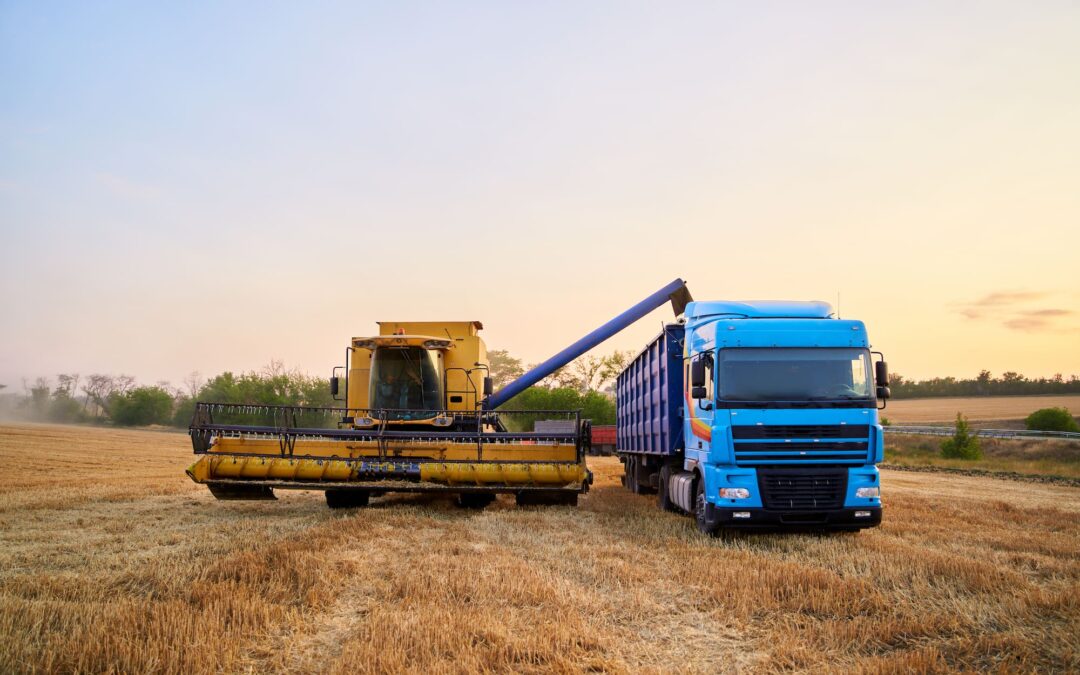A crucial consideration shippers should make when moving goods domestically during the fall season is trucking during the corn harvest. The corn harvest season is typically between August and October, when corn reaches maturity. Farmers harvest other commodities like wheat, grains, and soybeans during this time. Despite being mainly in the Midwest, the entire US trucking industry is being reshaped, with shippers and truckers impacted. Along with changing freight, routes, and regulations, this period has created opportunities and challenges. This article will explain what to expect, what can go wrong, and how to prepare for the corn harvest.
What Should Shippers Know When Trucking During The Corn Harvest?
The most significant effect that happens during this season is that there is a higher demand for corn. The demand comes from corn that the Midwest produces and transports domestically. Around 80% of US corn is made in that region, and mainly occurs during harvest. Corn is also time-sensitive, due to the need to maintain quality and prevent spoilage, which adds to the demand. As a result, spot rates tend to rise with shippers willing to pay higher prices. Since corn is dense and heavy, volume constraints become more common, meaning shipment may require more trucks. In turn, this further raises spot rates, which can benefit truckers.
While the profit for drivers may rise, fuel costs also tend to increase from heavier loads and under tighter schedules. Despite this period’s benefits for truckers, capacity tightens during harvest season. Along with the limited lifespan of corn, drivers tend to switch from long-haul routes to more local, harvest-tied routes. This limits capacity and reduces availability for non-agricultural cargo. Truckers in the Midwest region are also more likely to encounter bottlenecks and delays during this time. The delays come from the volume of truckers moving goods in an area with heavy wear and tear. Weather such as heavy rainfall and mud can add to the delays.
How Can Shippers and Truckers Prepare?
Shippers and truckers can benefit from the corn harvest but must navigate the challenges. For carriers, it is essential to maintain strong relationships with farmers, grain elevators, and brokers to secure loads. Understanding the primary locations where the harvest is happening and being there at the right time is also key. Truckers can also switch to agriculture other than corn that farmers harvest during this time, like wheat and soybeans. Shippers must find trucking capacity early and have prearranged contracts to avoid higher rates and limited capacity. It can be beneficial to add buffer time in schedules for potential delays.
A1 Freight Solutions
Although shipping during the corn harvest can be beneficial, shippers must prepare correctly when starting. Failure to prepare can lead to monetary loss, delays, and cargo loss. To ensure a successful shipment, speaking to a freight broker can be beneficial. Brokers act as intermediaries between the shipper and carrier and coordinate the transport of goods. Along with coordinating cargo movement, brokers educate you on what to expect and how to prevent disruptions. Contact A1 Freight Solutions at info@a1fsinc.com or 786-375-9420 to speak to our brokers about shipping your cargo domestically. In addition to FTL (Full truckload) and LTL (Less-than-Truckload), we provide other services like expedited, drayage, temperature-controlled, heavy haul, etc.

